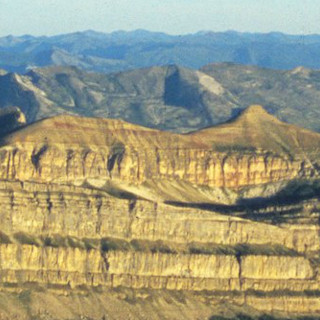Research
Grizzly Bear Space Use in the US Northern Rocky Mountains
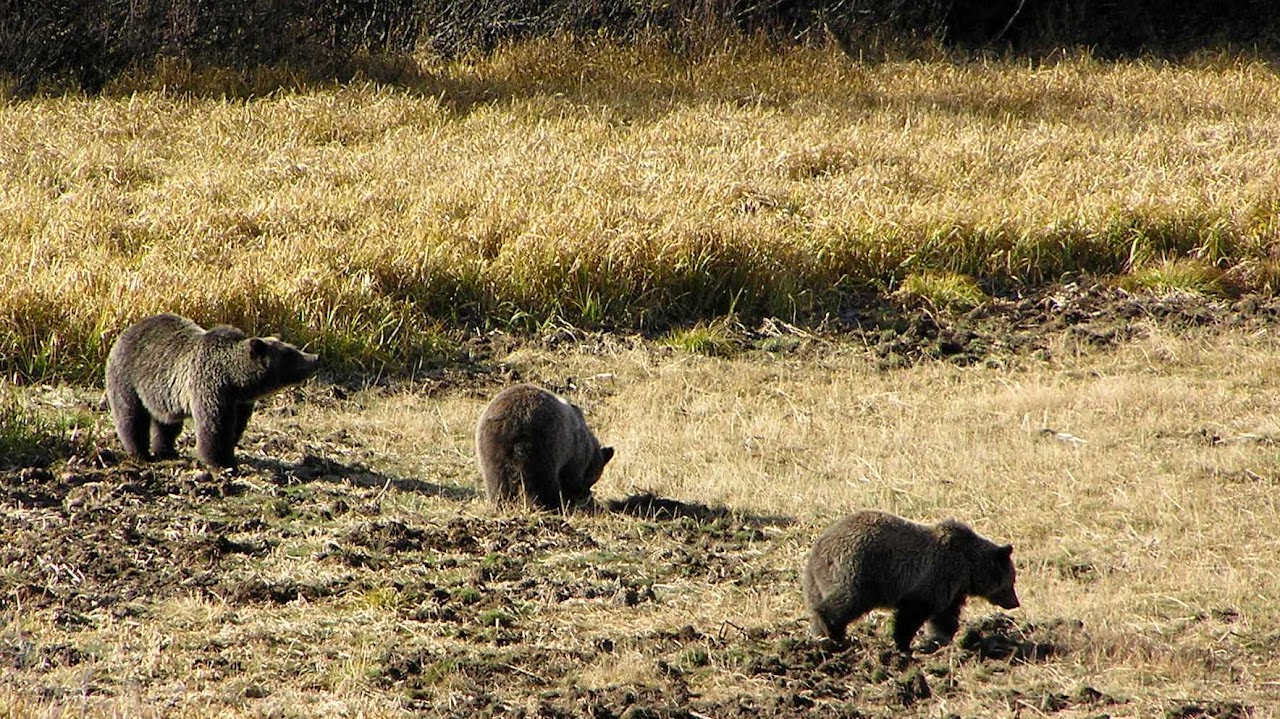
Over the past two centuries, persecution and habitat loss caused grizzly bears (Ursus arctos) to decline from a population of approximately 50,000 individuals to only 4 fragmented populations within the continental United States. An understanding of habitat selection by grizzly bears within existing populations is crucial for predicting potential linkage zones and suitable habitat. A second urgent conservation challenge is identification of areas where grizzly bears are likely to disperse among recovery ecosystems, and proactive efforts to reduce human-grizzly bear conflicts. The project is a close collaboration across multiple partners, including the University of Montana, Montana Fish, Wildlife and Parks, the US Fish and Wildlife Service, and the USGS Northern Rocky Mountain Science Center. Results will include models of grizzly bear movement, habitat use, and population connectivity. These results will directly inform conservation by identifying specific areas that are important for habitat use and natural connectivity among recovery ecosystems, which will help identify where to prioritize habitat conservation, human-bear conflict mitigation, and transportation planning.
Predictive Modeling for Grizzly Bears in the Bitterroot Ecosystem
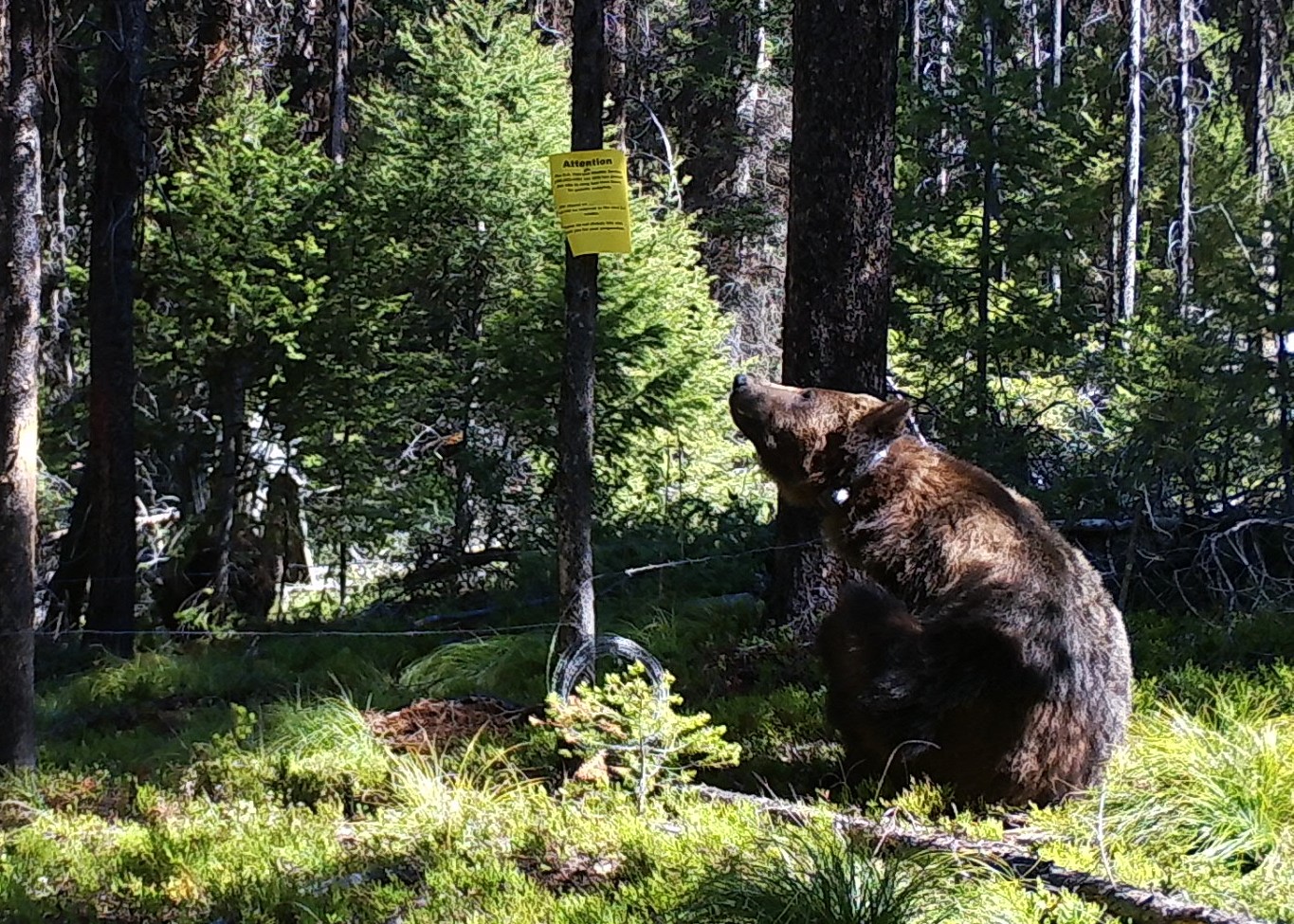
Grizzly bears were extirpated across 98% of their former range in the contiguous US in recent centuries, including in the Bitterroot region of east-central Idaho and western Montana. The reestablishment of a population in the Bitterroot would contribute to the long-term persistence of grizzly bears in the contiguous US. In 2000, the US Fish and Wildlife Service (USFWS) published a record of decision and final rule with a planned reintroduction for the Bitterroot, yet a reintroduction was never undertaken. Since the mid-2010s, numerous observations of grizzly bears have been documented in the region. We are working closely with Montana Fish, Wildlife and Parks, the US Fish and Wildlife Service, the US Forest Service, and other collaborators to understand planning needs. To assist with recovery planning, we are using movement models and simulations to develop predictions of how grizzly bears will use habitat in this area. Our results will directly inform conservation of this species in their former range.
Effects of Forest Management and Wildfire Disturbance on Grizzly Bears
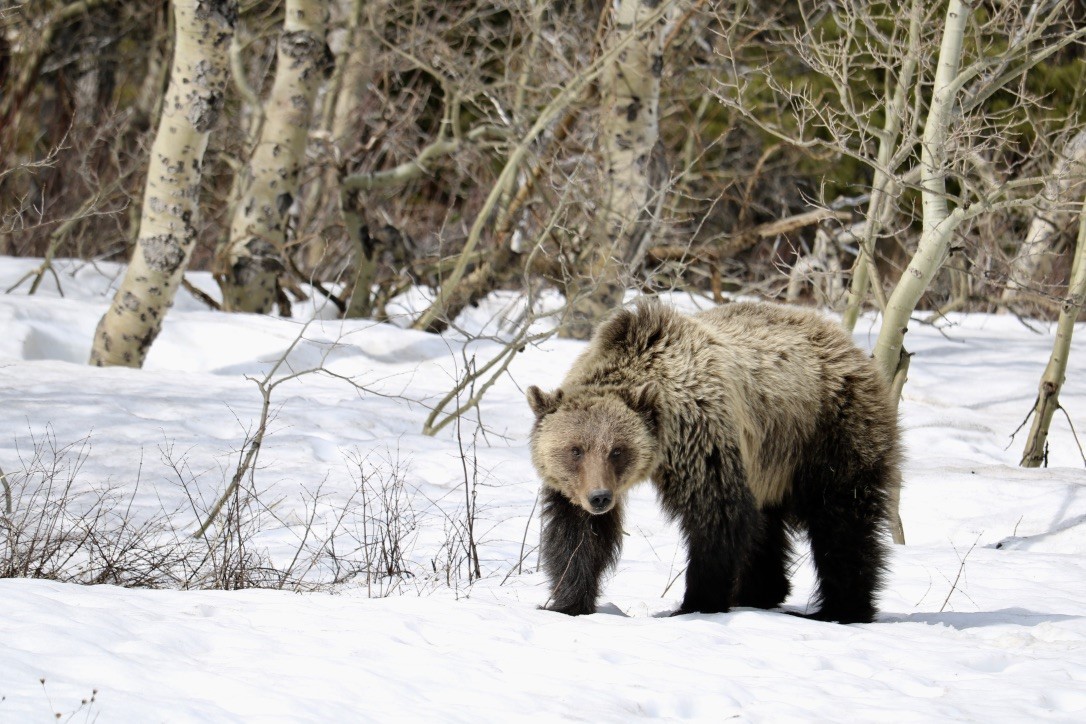 Photo copyright Milan Vinks.
Photo copyright Milan Vinks.
Over past centuries, habitat loss and degradation contributed to declines of grizzly bears in the contiguous US, including in the Northern Continental Divide Ecosystem (NCDE). The NCDE has a long history of both industrial logging and wildlife suppression. Today, due to decades of increasing fuel loads, wildfire is the dominant source of disturbance in the NCDE. The effects of wildfire and timber harvest on grizzly bears are only partially understood, and both positive and negative effects have been identified. Further research is needed to understand the effects of these disturbances on this threatened species. We are working closely on this project with Montana Fish, Wildlife and Parks, the US Fish and Wildlife Service, the US Forest Service, and other collaborators. Through habitat suitability modeling and movement modeling, we will investigate how grizzly bears respond to timber harvest and wildfire to better understand their effects. Our work will inform forest management practices in the Northern Rockies.
Montana Wolf Conservation via Management Strategy Evaluation
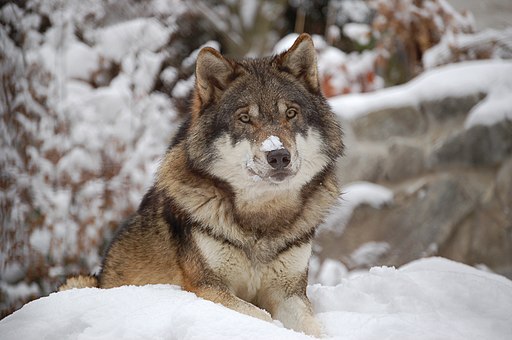
Photo by Caninest (Wikipedia)
We are using Management Strategy Evaluation (MSE) to help inform wolf management decisions in Montana. Wolf season setting has become complicated and controversial again. State law requires Montana Fish, Wildlife and Parks to both reduce the population and avoid federal relisting. Big game advocates want to see improved big game populations and hunting opportunity, while wolf advocates feel that wolves are being persecuted under the current harvest regulations. MSE is a tool to simulate the workings of a harvested population or system. It will allow us to test whether potential management strategies can achieve pre-defined fundamental objectives. MSE considers the full range of uncertainty and helps decision-makers consider long-term trade-offs among the management objectives, instead of focusing on short-term considerations only. The basis for an MSE is an operational model to simulate “truth,” then monitoring and harvest control rules are simulated within the MSE to analyze the system. A key strength of MSE is the feedback loop between operating models and the management strategy. Additionally, MSE can help identify future goals for monitoring or research, and evaluate the extent to which monitoring and analyses accurately capture the status of the system. Through this project, we will evaluate the effects of management strategies on the ability to meet objectives for wolf management, and thereby help inform decision-making for wolf conservation in Montana.
Moose Habitat on the Flathead Indian Reservation
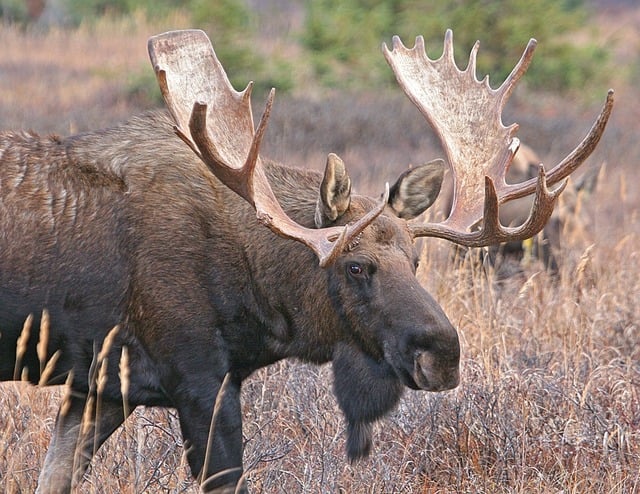
Photo from Pixabay, public domain
We are investigating moose habitat on the Flathead Indian Reservation (FIR) to help inform conservation decisions. Moose population declines are evident in the area, with no conclusive evidence for the cause. Understanding factors that contribute to local declines will become increasingly important for moose conservation as ecological systems continue to change. Successful management of moose habitat in turn requires understanding how the species use their habitat. In collaboration with the Confederated Salish and Kootenai Tribes and Montana Fish, Wildlife and Parks, this study aims to understand and predict moose habitat relationships. To do so, we will leverage data collected for moose in nearby mountain ranges and develop habitat selection functions for the FIR. We will then seek to validate these models through field surveys and if possible, through deploying GPS collars on FIR moose. The knowledge gained by this study will help inform conservation decisions, such as where to potentially designate FIR Moose Conservation Management Areas and where and how to focus habitat management to benefit moose.
Mechanisms Driving Spatial Behavior
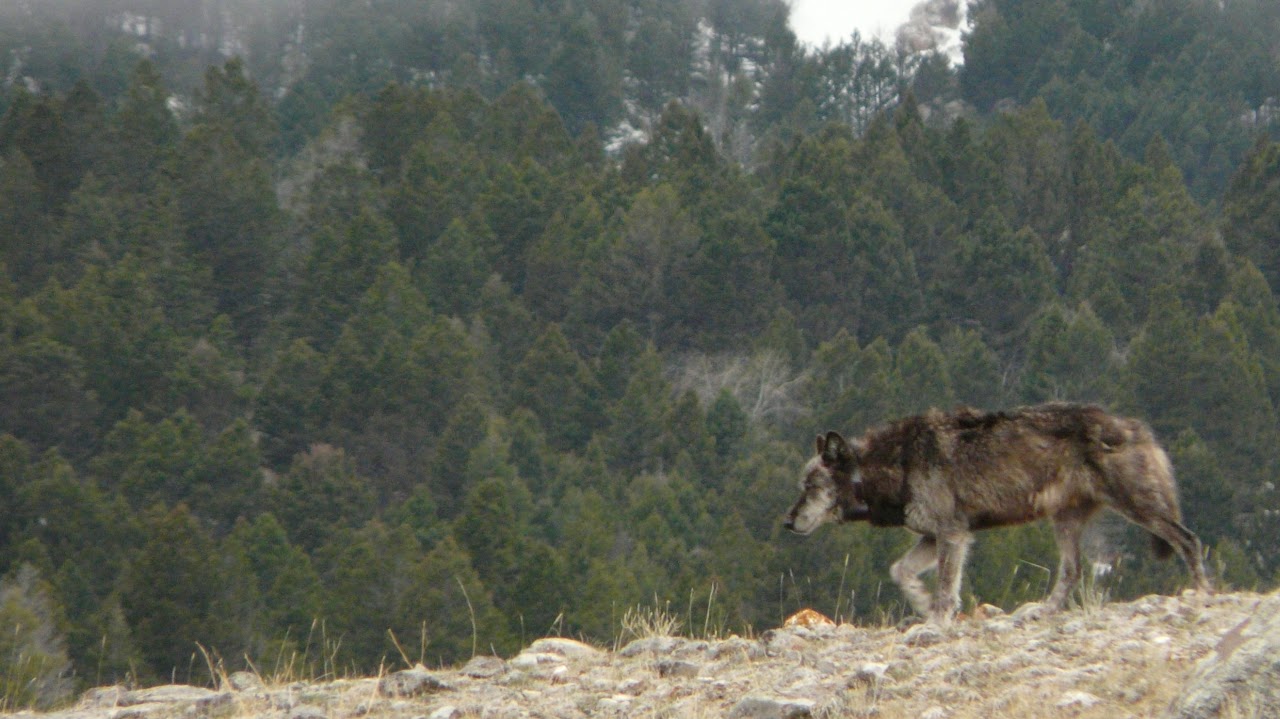
Territorial behavior is a fundamental and conspicuous behavior within numerous species, but the mechanisms driving territory selection remain uncertain. We developed a mechanistic territory model that is spatially-explicit and individual-based to better understand how animals select particular territories. Application to wolves show that economical territory selection underlies wolf spatial behavior.
Large Carnivore Abundance
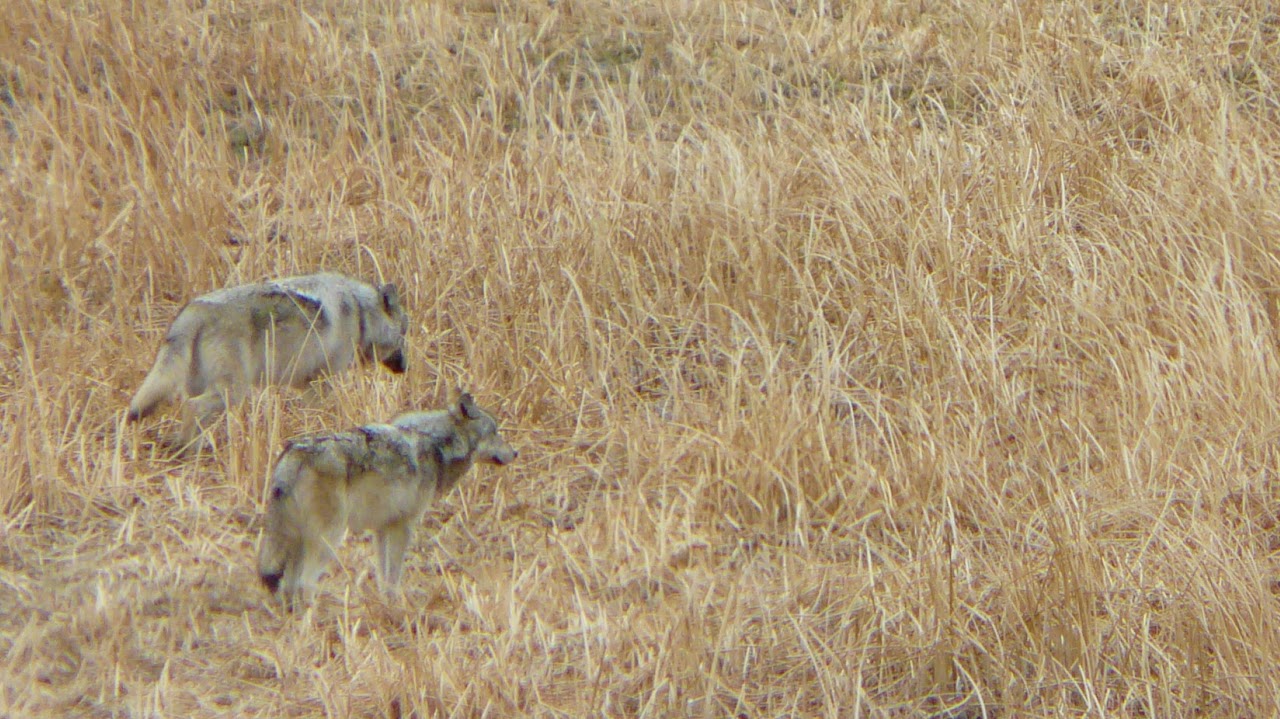
Estimates of carnivore abundance are an important component of conservation. For group-living, territorial carnivores, integrated models for occupancy, territories, and group size can help estimate abundance. Our approach eliminates the need for intensive field-based monitoring and introduces biological models of carnivore behavior. Application to wolves show an estimated population of >1000 wolves in Montana.
Disease Epizootics in Sensitive Species
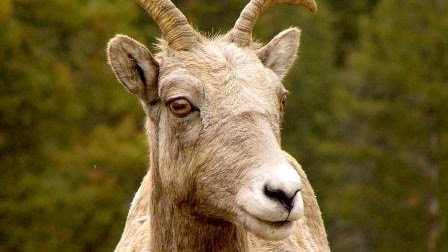
Diseases in wild populations are of great conservation concern. A lack of tools to help predict and proactively address risk of disease leads to reactive rather than proactive management. For example, pneumonia epizootics have immense short- and long-term impacts on bighorn sheep. Models can identify risk factors to help predict risk of die-offs, and supporting decision tools can proactively manage this risk in effort to prevent die-offs.
Rigorous Science for Wildlife Conservation

Rigorous science that produces reliable knowledge is critical to wildlife management because it increases accurate understanding of the natural world and informs management decisions. The prevalence of studies that only generate untested hypotheses may be considered one of wildlife science’s major problems. Remedying this problem requires a common understanding of what rigorous science entails and why it is important.
